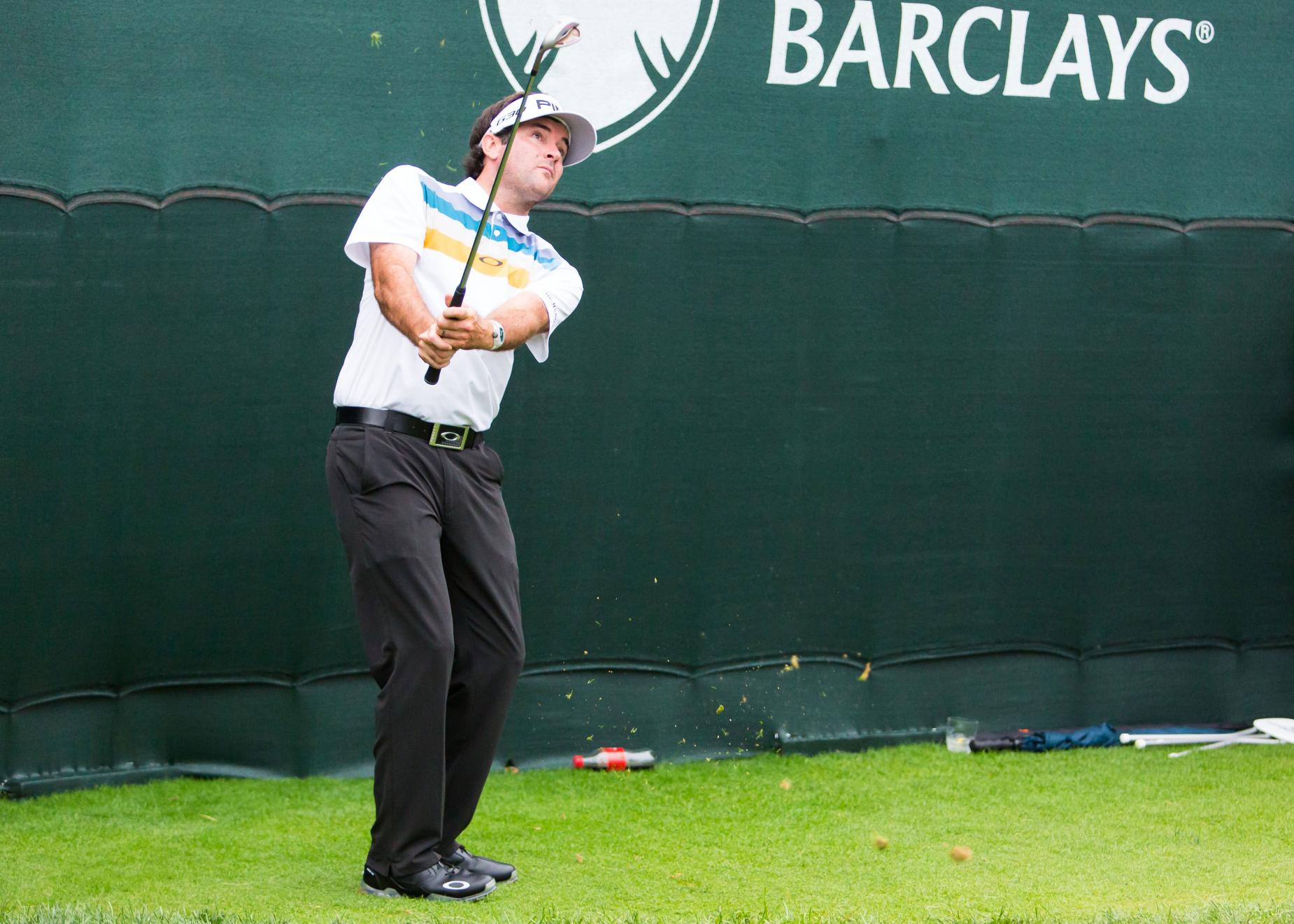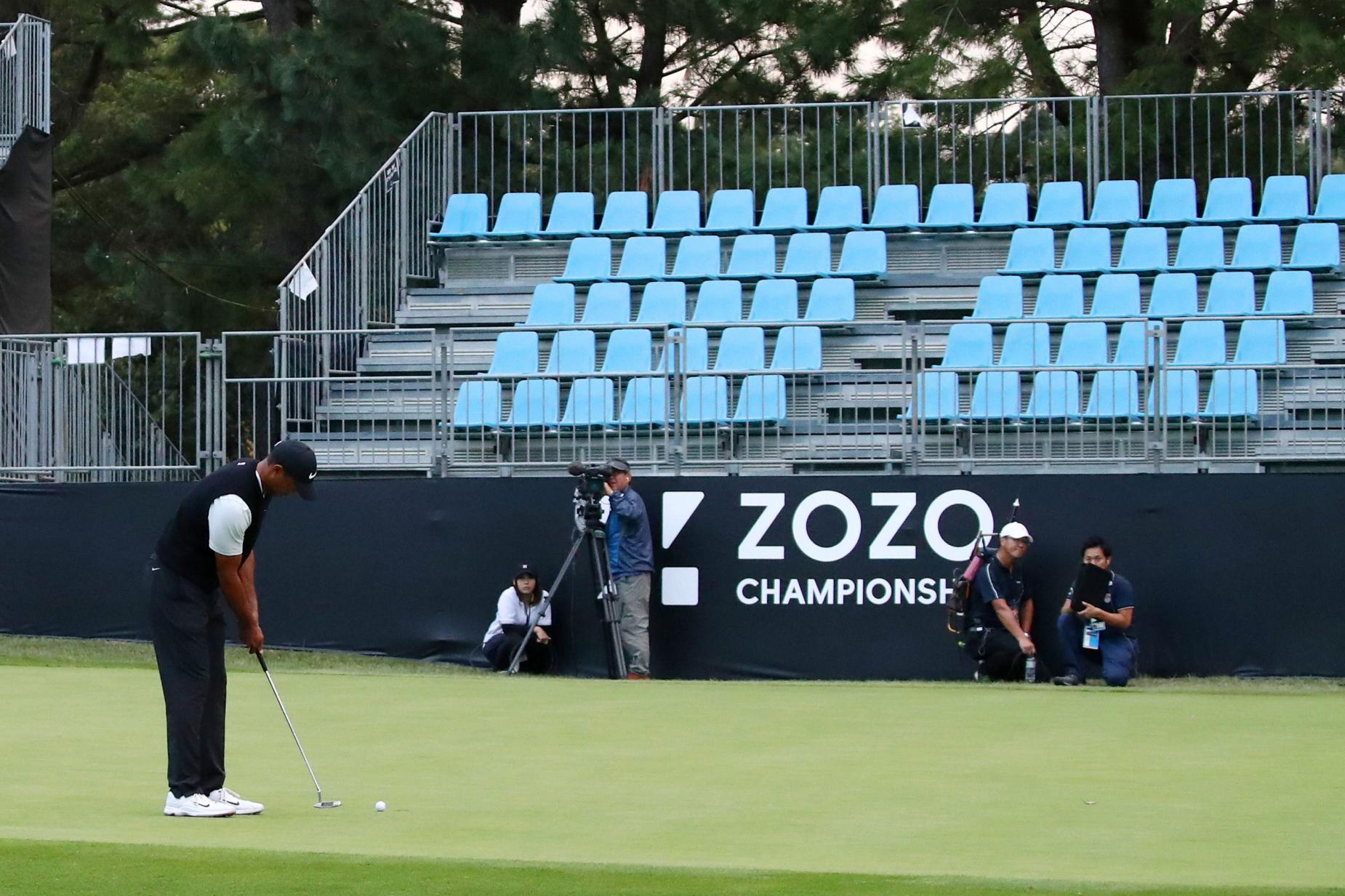Chung Sung-Jun
By Daniel Rapaport
When the PGA Tour returns to action this week at Colonial, where 16 of the top 20 players in the World Ranking will compete in the Charles Schwab Challenge, it will do so with a very visible distinction—no fans in the stands (and no stands, for that matter). For the first five events of the tour’s restart, golfers will compete in an undeniably different atmosphere. There will be no applause after someone hits a tight approach or muffled groans for a bad one. The soundtrack of the game will be on mute.
The lack of noise has the potential to give tournaments a library-like feel for those watching at home, but it also could influence how players manage their way around the course. For instance, on blind approach shots to greens, tour pros often rely on crowd reaction to determine just how good a shot is. No now. And come the weekend, crowd noise can be particularly informative for players in contention—especially when Tiger’s in the mix. If you hear a loud roar, you know there are birdies happening around you.
The lack of fans could influence players from an even more granular X’s and O’s perspective as well. Golfers are accustomed to tournaments with fans lining the fairways and grandstands framing greens. That won’t be the case for at least a few weeks and here are three significant ways it could directly impact play.
More lost balls
Brooks Koepka, who has emerged as a delightfully unfiltered voice in the professional game, was asked by the Pardon My Take podcast in April how a tournament without fans would play out. His response: “Every once in a while, we just hit some foul balls and the fans kind of help you find it. I mean, guys are going to lose balls because of that.”
Indeed, under normal circumstances, each player has the luxury of fans (in addition to marshals) looking for an errant shot. If you’re playing in a star-studded group, the number of additional searchers could be hundreds. And if you’re in Tiger’s group, thousands. Spectators on either side of the landing area near the fairway usually see a ball in the air, watch it land and then locate it. Without them there, it will be incumbent for players (and caddies) to watch more intently, which isn’t always easy when your ball lands some 300-plus yards away.
Bottom line: You’re going to see way more provisional balls played, and you’re likely to see more balls lost. The three-minute limit to look for a ball-—which was five minutes before the new rules went into effect last year—will loom large.

Jamie Squire
Worse lies in the rough
Another benefit of having fans lining the fairways is their foot traffic, which serves to pat down the rough and gives players much improved lies. If you need evidence of this, simply re-watch Tiger’s final round from the 2018 PGA Championship at Bellerive, where the rough was juicy … until the massive galleries neutralized it. Woods was 0-for-7 in fairways hits on the front nine—ZERO—and shot three-under 32. That simply would not be possible had he been playing the course on Monday, when the rough was standing tall.
This will be even more critical this week at Colonial, where the fairways are tight, the greens are small and trees often come into play. Playing from the short grass will be of utmost importance.
No more “grandstanding”
For most amateurs, missing way long of the green is the quickest way to a big number. The ball often careens well past the putting surface into an impossible position. You’re forced to try a flop shot, often with the green sloping away from you, if you’re to have any chance to save par. On the PGA Tour, however, shots that miss long—or right, or left—often end up hitting a grandstand and bouncing back toward the hole, or ending up in the grandstand and resulting in a free drop. They essentially act as bumpers, and it’s a phenomenon labelled by conspiracy theorists detractors as “grandstanding.”

Icon Sports Wire
Whether players use grandstands as backboards intentional or otherwise, the fact that they won’t be in place at the first few tournaments could have a very real impact strategy. Say a player is faced with a 250-yard approach into a par 5. There’s water short of the green and a grandstand behind it. The player is in-between clubs—his 3-wood carries about 270, but his 3-iron only flies about 240. With a grandstand there to catch anything that goes long, 3-wood would almost always be the play. Now, players will have to decide between hitting a little three-quarter 3-wood into the green or roast a 3-iron, with danger lurking short and long.
Think we’re exaggerating? Well, here’s how Jim Furyk, who has been on tour more than 20 years put it: “There’s a lot of greens on the PGA Tour that I’m not actually sure what’s behind them because there’s usually a block of stands there every year when we play them.”
Yep, things are going to look a lot different for players without fans the next few weeks on tour.









